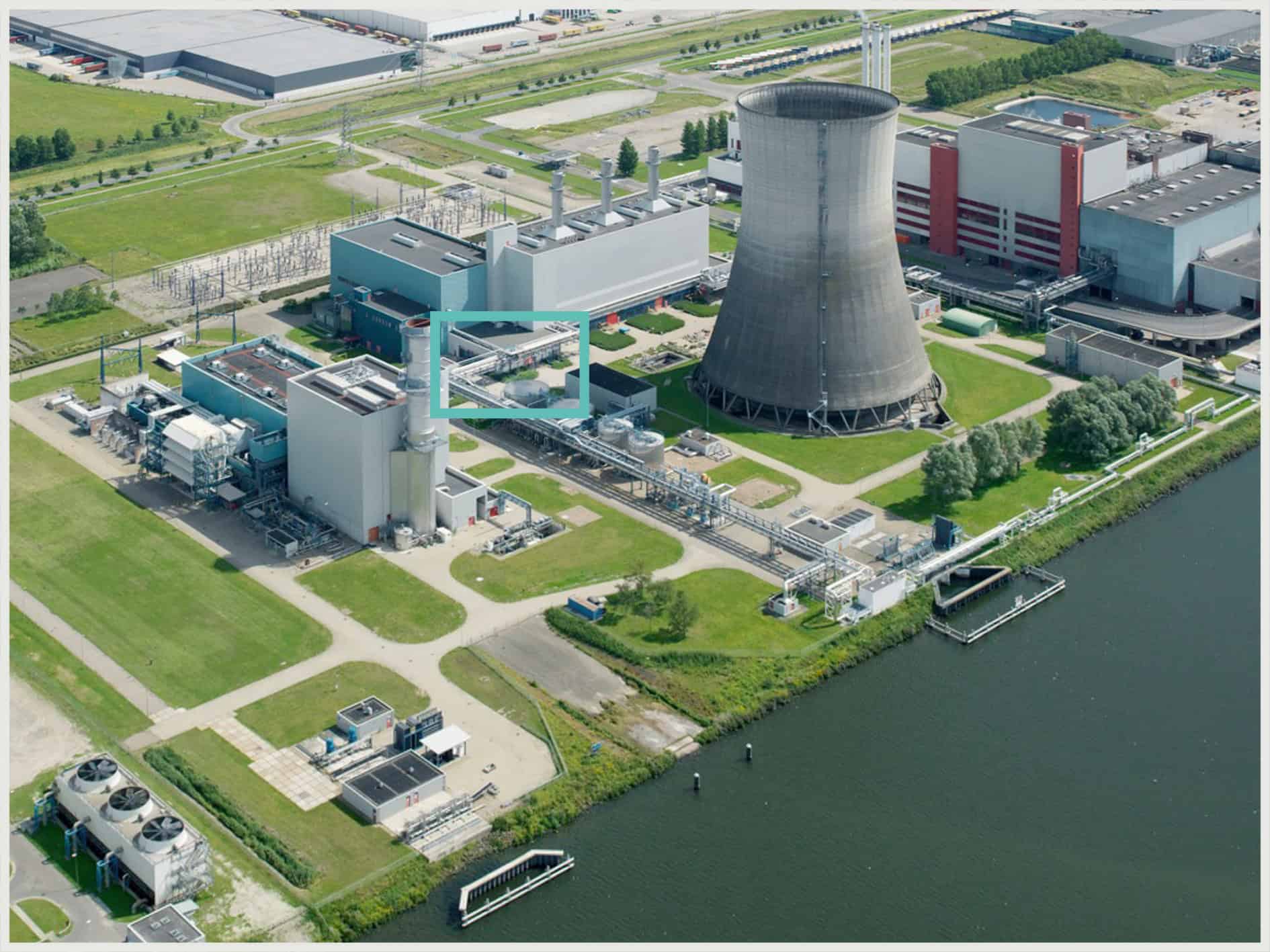
In the search for sustainable, future-proof building materials, researchers Luping Tang and Emma Zhang at the Chalmers University in Gothenburg, Sweden, have made a breakthrough in the development of a prototype for a rechargeable, cement-based battery.
Imagine: A dozens of meters high apartment building that stores energy in its entirety as a huge battery. Right now, this is still a pipe dream. Yet the researchers are hopeful that their discovery will eventually lead to this kind of innovation.

The test design is mainly made up of a cement-based mixture to which carbon fibers have been added. This makes the material more conductive and the bending strength stronger. Next, the researchers embedded a mesh of carbon fiber with a metal coating in this mixture, using iron for the anode and nickel for the cathode.
Tang and Zhang’s research yielded a cement-based rechargeable battery with an average energy density of 7 watt-hours per square meter. Energy density is used to express battery capacity. It is estimated that the performance of the new Chalmers battery is over ten times greater than previous efforts to make cement-based batteries. The energy density is still relatively low compared to commercial batteries, however, as Tang points out, thanks to the sheer volume of concrete (e.g. in an apartment building), the technique is still capable of producing a substantial amount of energy.

Rechargeable
The most important property of the cement battery is that it is rechargeable. Once the prototype is further developed and marketed, it will eventually provide a range of uses. Energy storage is one obvious option. Another is, for example, the use of the cement battery in a monitoring system.
Zhang: “The battery can be connected to solar panels and thereby become the energy source for monitors on highways and bridges, for instance, where sensors detect cracks or corrosion.”
The researchers are also thinking of applications ranging from providing a 4G connection in remote areas to power LED lights. The concrete makes the battery highly resistant to weather conditions.
The researchers hope their invention will make a modest contribution to solving the energy crisis. After all, the battery offers a large volume of energy storage. And concrete is still the world’s most widely used building material.
Is a concrete battery even sustainable?
From a sustainability perspective, concrete is, as we know, far from an ideal material. The production of cement involves high CO2 emissions. Nonetheless, Tang notes, “We cannot do without concrete; ignoring this material is not an option at the moment. So, the best thing we can do now is to use concrete in a new way. We can make this construction material functional.”
The concept is still in its early stages. Technical sticking points that still need to be addressed include prolonging the battery life and the development of recycling techniques.
“Given that concrete structures are usually built to last fifty or a hundred years, the batteries need to be fine-tuned so that their lifespan is just as long,” he says. One alternative is to find a way to replace and recycle the batteries when they run out. For now, this is technically very challenging,” according to Zhang.
But for now, the researchers are feeling hopeful. Tang: ” Partly with this technique, future building materials will have additional functions, like that of a battery or a renewable energy source.”
Also read: Researchers develop safety status for second life of lithium car batteries







